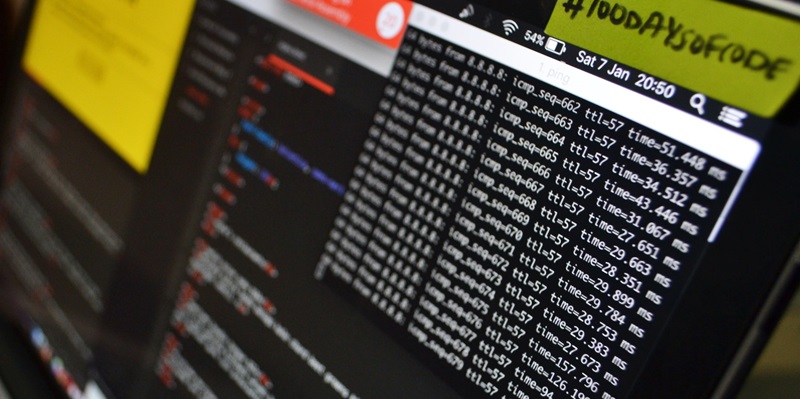The holiday season is typically associated with joy, celebration, and goodwill. However, in the digital landscape, a dark shadow looms. With recent major data leaks during what has been dubbed “Leaksmas,” the global impact of cybercrime has become evident, sparing no corner of the globe.
Peruvian Telecom Giant and Vietnamese Fashion Store Experience Data Leaks
In the archives of a Peruvian telecom giant, a shocking 22 million records were laid bare, leaving millions of individuals vulnerable to potential identity theft and fraud. Simultaneously, a Vietnamese fashion store relinquished 2.5 million customer profiles, further exacerbating concerns about data security and privacy.
Motives Beyond Profit in Cybercrime
While financial gain undeniably plays a significant role, Leaksmas has revealed a complex tapestry of motivations driving cybercriminals. Beyond money, hackers may be motivated by a desire for power, revenge, or even ideological agendas, adding an additional layer to the multifaceted threat landscape.
Ideological Agendas in Cyberattacks
In some cases, cyberattacks can be propelled by ideological motives. Leaksmas has highlighted the potential for individuals or groups with specific beliefs or agendas to carry out cyber espionage, sabotage, or information warfare. This introduces a new level of sophistication and danger to the cybersecurity landscape.
Involvement of the “Five Families” Hacktivist Alliance
The “Five Families” hacktivist alliance, known for their disruptive activities, joined the fray during Leaksmas. Their focus was on targeting Chinese clothing stores and Indian resources. This collaboration among disparate groups emphasizes the growing sophistication and coordination of cybercriminal networks, posing an escalating challenge to cybersecurity professionals worldwide.
Festive Feast for Fraudsters
In the aftermath of data breaches, stolen information doesn’t simply vanish into the digital abyss. Instead, it becomes a veritable feast for fraudsters. Cybercriminals eagerly peddle stolen payment cards at substantial discounts, seeking to unload them before their expiration dates. This exacerbates the financial impact on individuals and organizations as fraudulent transactions multiply.
Exploiting Increased Holiday Online Activity
During the holiday season, online activity surges, providing ample opportunities for cybercriminals to capitalize on people’s increased reliance on e-commerce and digital transactions. Underground vendors market “look-up services” for identity theft and loan fraud, leveraging the spike in online activity to maximize their illicit gains. This abuse of the holiday spirit further highlights the interconnected nature of data breaches and fraud in the digital age.
The Interconnected Nature of Data Breaches and Fraud
Leaksmas serves as a stark reminder of the intertwined nature of data breaches and fraud. Stolen information becomes the currency for a spectrum of illicit activities, including identity theft, financial fraud, and more. This surge in malicious activity not only threatens individuals, but it also has far-reaching consequences for businesses and governments, underscoring the urgent need for robust cybersecurity measures.
As Leaksams comes to an end, we are left with a sobering realization of the escalating challenge posed by cybercriminal networks. From major data leaks affecting telecom giants to fashion stores relinquishing customer profiles, the global impact of cybercrime during the holiday season is undeniable. With motivations ranging from financial gain to ideological agendas, cybercriminals have proven themselves to be a formidable force. As we move forward, it is crucial for individuals, businesses, and governments to redouble their efforts in cybersecurity, adopting proactive measures to protect sensitive information and mitigate the threats posed by cyberattacks. Only through a collective and comprehensive approach can we hope to navigate the evolving digital landscape with resilience and security.

